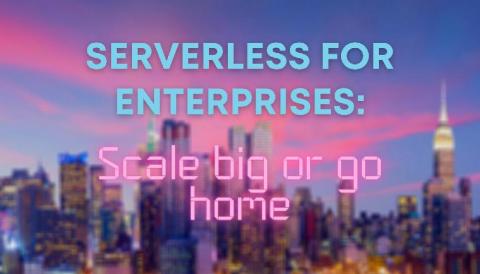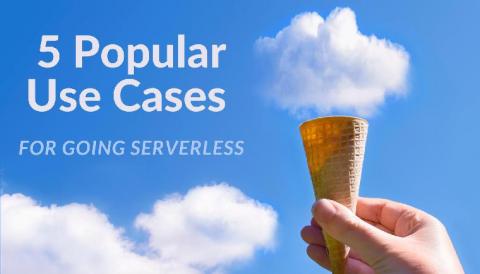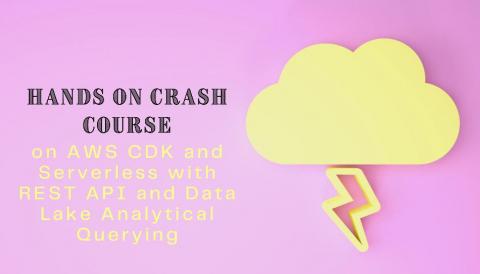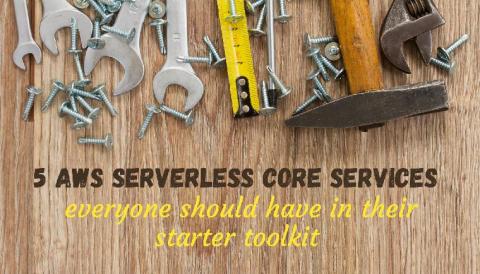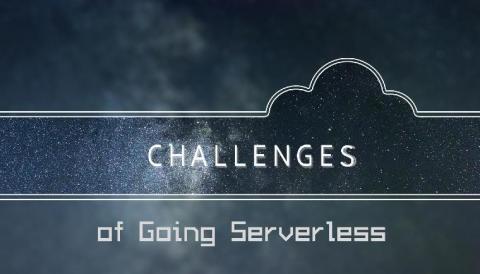Which AWS Lambda programming language should you use?
To me personally, when I think programming languages I think JavaScript and while 67% of the developers out there might think the same (at first) that does not imply it’s the most efficient language to use with AWS Lambda. So without further ado, here we go.



